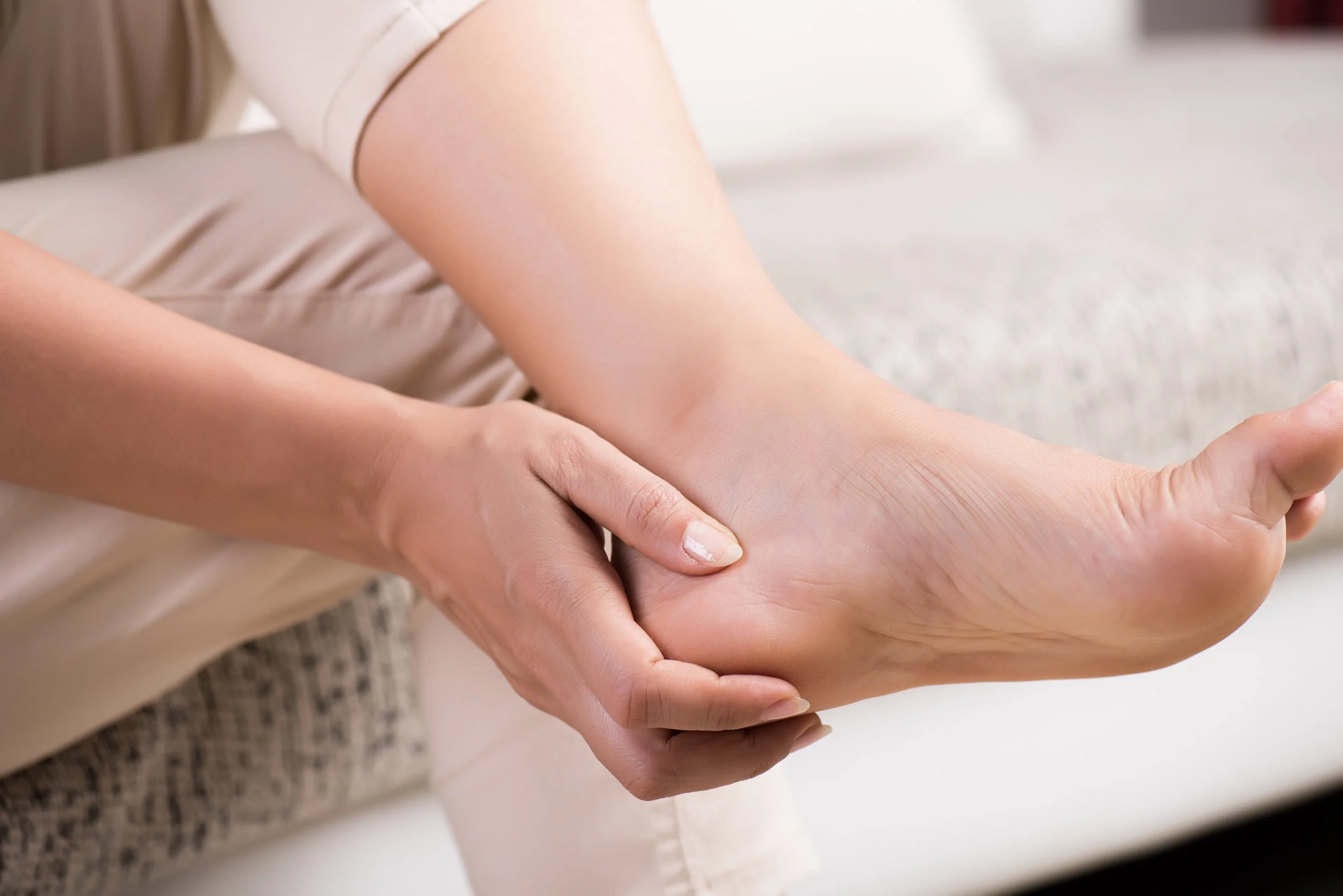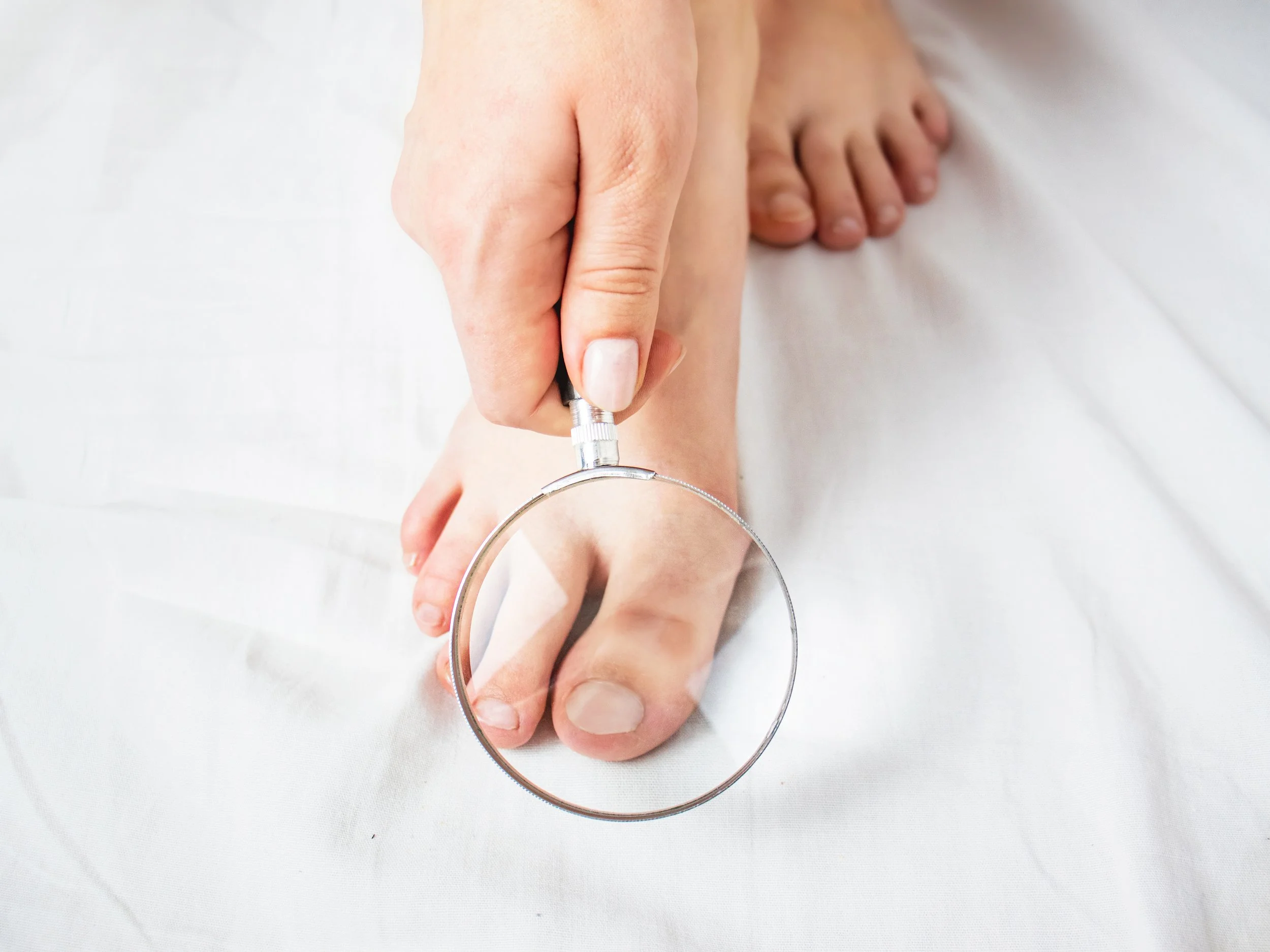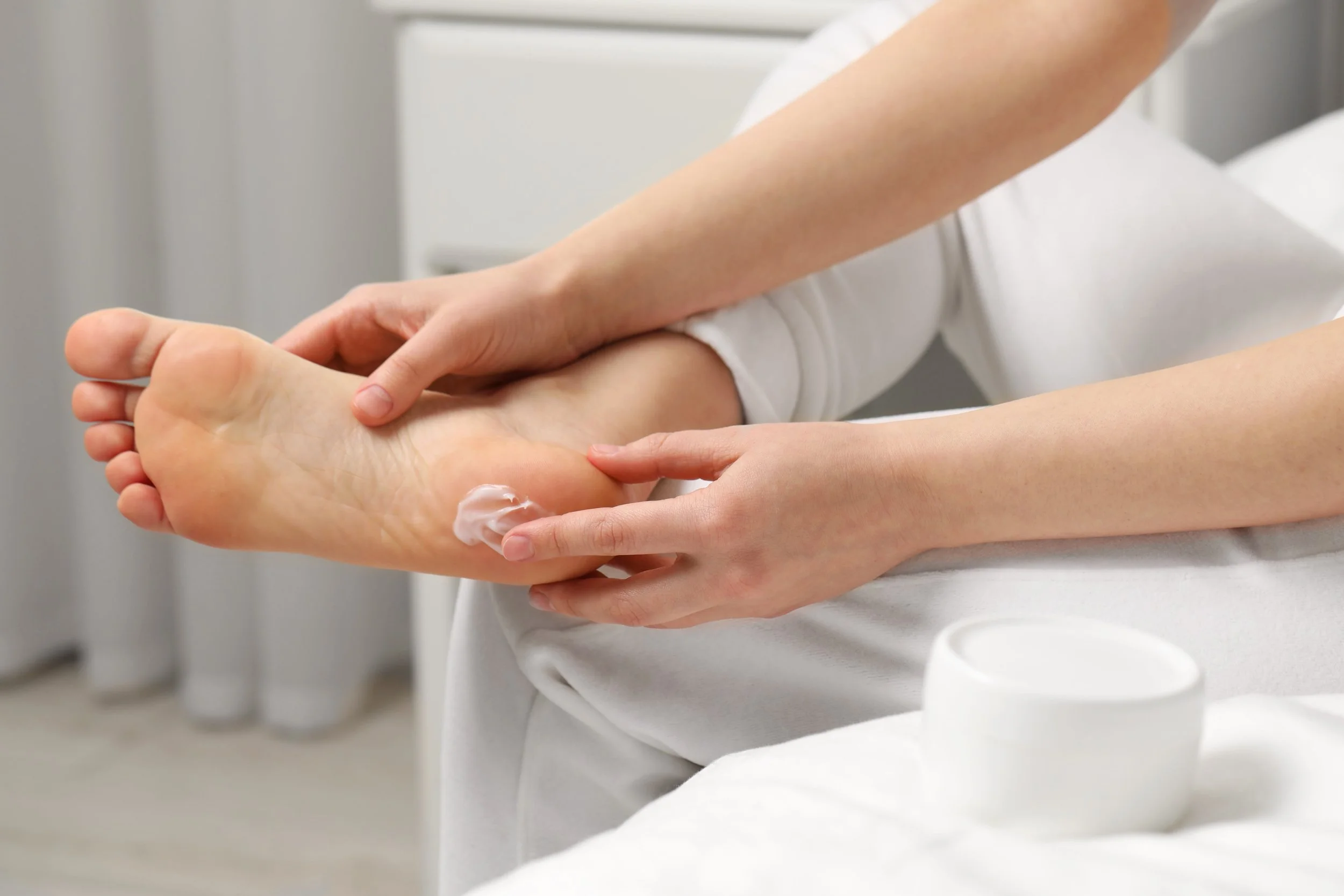The Perfect Shoe Checklist
Finding the perfect shoe isn't just about style and colour. From the perspective of your feet, choosing the right footwear can make the difference between a great day and a painful one.
Whether you're shopping for running shoes, work attire, or casual wear, it's important to consider the key features of a shoe.
Here's your comprehensive checklist to ensure you pick the perfect pair every time.
Ensure the Correct Fit
Forget Shoe Sizes: Shoe sizes can differ significantly between brands and styles, plus your feet can change over time.
Always have your feet measured for length, width, and depth with each new shoe purchase to ensure the best fit, regardless of the size marked on the box.
Length: When standing, you need at least one thumb's width between the end of your longest toe and the end of the shoe. This space allows for natural toe movement and prevents discomfort or damage to your toenails.
The Toebox: The toebox of your shoe should be deep and wide enough to allow your toes to spread naturally.
Right vs Left: If one foot is larger than the other, always fit the shoe to your larger foot. If necessary, your podiatrist can modify the shoe of the smaller foot to improve fit.
Look for Good Support
Fastenings: For most everyday activities, we recommend wearing a shoe with a fastening. Laces, buckles, zips, or Velcro straps hold the shoe onto your foot, giving you optimal support.
Wearing a shoe with a fastening means your feet don't have to "hold onto your shoe"; they can simply get on with getting you from A to B. We know many foot pain issues are associated with wearing shoes without a fastening.
Fastenings also allow for proper fit, as slip-on shoes must be tight across the toebox to stay on.
Yes, there are times (and certain cases) when a slip-on style or slide-type shoe is optimal for everyday use. But these cases are very specific, and you should seek advice from your podiatrist before wearing these types of shoe all day, every day.
The Heel Counter: This is the part of the shoe that wraps around the heel of your foot. It should be firm and comfortable, providing stability and helping to control the motion of your heel.
Use your thumb to apply pressure to the heel counter. Is it strong, or does it collapse without much effort? You should be looking for a shoe with a firm heel counter to provide good stability and support.
Even in summer, you can find a shoe with a stable heel counter and a sandal-type front to keep your feet cool and supported.
Assess the Sole
Heel Height: For everyday use, we typically recommend a shoe with a heel height around 2.5 centimetres.
High heels should only be worn on special occasions rather than everyday use. We know that shoes with heels over 4-5 centimetres will increase your risk of forefoot injury and pain.
Conversely, shoes with "negative heels," such as some brands of summer thongs/sandals and football boots, put too much stress on the heel bone and Achilles tendon, causing heel pain.
Flexibility: Pick up the shoe and bend and twist it.
The sole should feel reasonably firm throughout and only flex or "break" across the ball of the foot.
If you can bend or twist the shoe through the centre (mid-foot region), it may not provide adequate stability and support. In our clinic, we see many foot pain issues that result from wearing shoes with an unsupportive sole.
Cushioning: Adequate cushioning can absorb shock and relieve pressure on your feet and joints. This is particularly important for shoes you wear during exercise or long periods.
Rocker Soles: Most major athletic brands now offer a "rocker sole" sneaker within their range. These shoes are designed to reduce the load on the forefoot by promoting a smooth transition from heel to toe.
Rocker-style shoes can be particularly beneficial for people with forefoot pain, as they help alleviate pressure through the toe joints and enhance comfort during movement.
Consider The Upper
Material Choices: Always choose a shoe with materials that fit the purpose. For example:
Steel caps for safety at work;
Breathable materials for sweaty feet or exercise;
Waterproof uppers for wet conditions;
Warm materials for slippers.
Natural Fabrics: Materials like leather and canvas promote air circulation, helping to keep feet cooler and reduce the risk of fungal infections.
Special Linings: Some shoes feature linings that wick moisture away from the skin, keeping feet dry and comfortable.
Mind the Weight: Lightweight shoes reduce the workload on your lower limbs. But remember, they should also be durable enough to protect your feet and provide adequate support!
Investing time to select the right footwear is crucial for your foot health and overall comfort.
Always prioritise fit, support, and comfort over style, and don't hesitate to consult your podiatrist for specific advice.
Happy shoe shopping!










